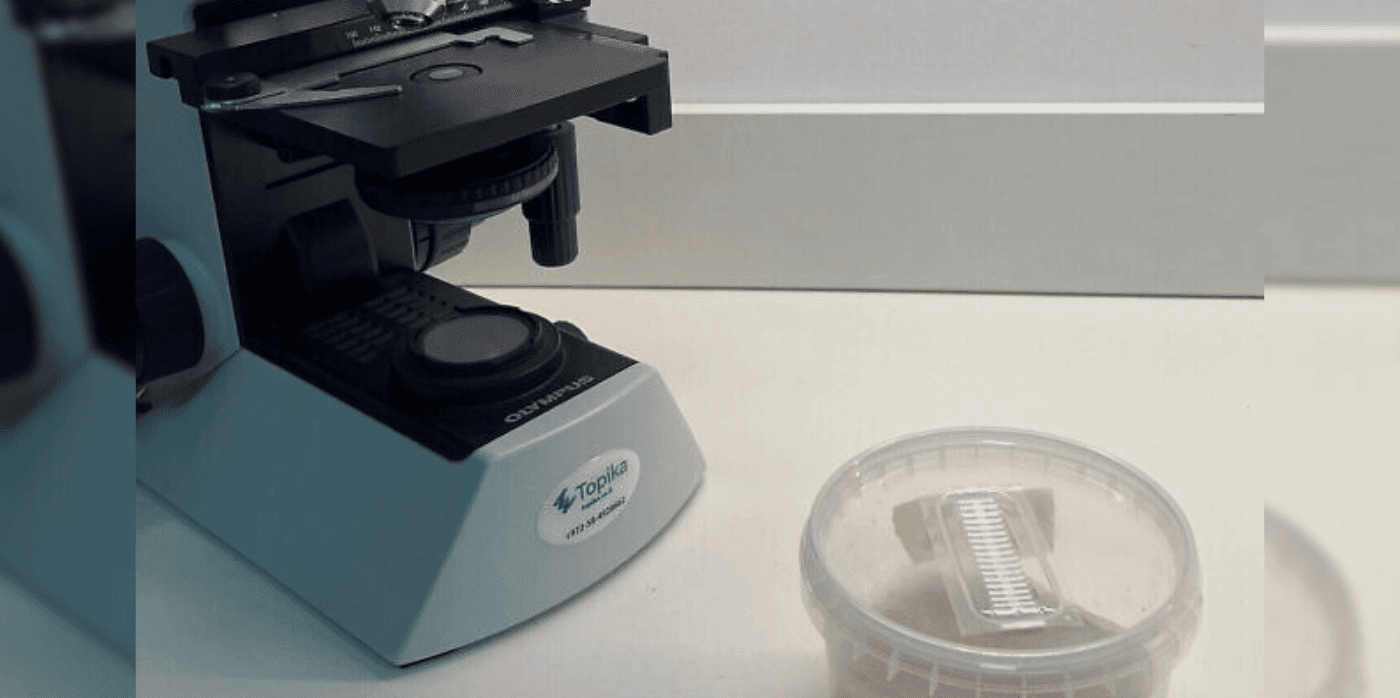
Spotted: Analysis of the global food packaging market predicts the value of the industry will increase every year and reach just under $600 billion (around €560 billion) by 2033, up from $335 billion (around €313 billion) in 2022. Unsurprisingly, demand for plastic food packaging remains particularly high. Seeking a scalable alternative to plastic packaging that requires no infrastructure change for manufacturers and distributors, Israeli startup MadeRight created a fungi-based option.
Grown on a variety of organic waste materials, MadeRight packaging can be made locally, further increasing the circularity of the product and reducing its carbon footprint. The fungi used in the process feeds on industrial streams of organic waste. The resulting growth is then converted into a new biomaterial. Because the fungi grow well on a range of materials, the technology is deployable next to current food production systems, making it usable in many different environments and as a secondary market for a diversity of crop waste.
Once the fungus has been transformed into a biomaterial, it is mixed with bioplastics, making it immediately usable in the existing machinery of current production systems. This not only makes the material more affordable, it makes it easier for businesses to switch from their current plastics to green packaging. MadeRight packaging is both biodegradable and reusable.
The company recently raised $2 million (around €1.85 million) in seed funding, which the founders plan to use to produce a commercially viable prototype by late 2024 and continue to improve the overall production process. As part of the Fresh Start incubator, MadeRight has the opportunity to connect with other food tech startups also working on sustainability initiatives.
From a biodegradable coating for paper packaging to naturally biodegradable packaging, innovations in Springwise’s archive highlight the myriad ways innovators are seeking to replace plastic pollution with truly sustainable alternatives.
Written By: Keely Khoury

